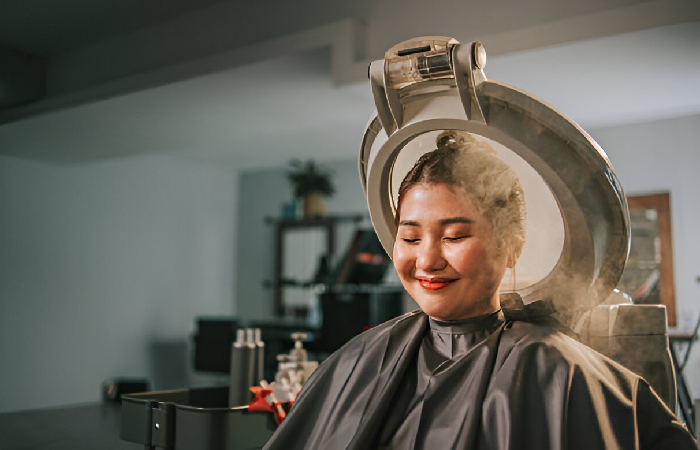Lapiz:Skumrzr5diy= Dibujos – Graphic drawing by a pencil, drawing done with a piece of graphite within a wooden holder, and which may be created as a preliminary for a drawing in another media, to help the artist practice and/or as an end product. The tin cylindrical graphite pencil, due to the easiness of drawing linear gray-black, succeeded the earlier metal drawing stylus; with which art and accessories makers specifically the artists of the late medieval and renaissance times drew or wrote on paper, parchment, or wood.
So in this article, I will be sharing with you tips to walk you through what you need to know so you can improve or get started with pencil drawing for beginners.
Lapiz:Skumrzr5diy= Dibujos
Drawing with pencil is a beautiful way to express your creativity. Here are some resources and techniques to get you started:
- Easy Drawings: If you are a beginner, you can start with simple drawings like stars, cats, clouds, and other everyday objects. These drawings will help you get familiar with the pencil and improve your skills step by step.
- Techniques and Styles: Pencil drawing has a rich history and offers a variety of methods and styles. You can explore different forms of expression, from fine lines and intricate details to subtle shading and bold contrasts.
- Materials: The choice of materials is crucial. Pencils come in different hardness grades, from the hardest (H) to the softest (B). Paper also plays an important role; smooth paper is ideal for detailed work, while textured paper adds a tactile quality to your drawings.
- Tutorials and Guides: Many online tutorials can guide you through learning. For example, wikiHow offers detailed guides on how to draw people and other objects realistically.
Best Pencils for Pencil Drawing Beginners
You might have seen tons of tutorials online about all the different numbers of pencils and other supplies you need in order to start drawing. But if you want my advice, I think a beginner could start with anything. Any pencil will do the job.
Here’s what the letters on the pencils mean:
- B stands for “black”. These pencils are soft.
- H stands for “hard”.
- HB stands for “hard black”, which means “medium hard”.
- F stands for “firm”.
If the alphabet is preceded by a number, it means different levels of how black, hard or soft the pencil is.
Best Sketchbooks for Beginners in Pencil Drawing
Now the paper you actually draw on matters so much more than the pencils you’re using. Papers come in different textures and weights; some of them are great for pencil drawing because they are thick and textured, and others suck because they are super thin. The moment you try to erase a mistake you made, you risk ruining the whole thing and making holes in your cheap paper.
‘Cartridge’ paper is the standard type of paper that pencil artists use for pencil and graphite drawings. It has just enough grains to produce a pleasing, slightly textured pencil line. Most sketch pads with cartridge paper are white, but some brands produce an off-white, which is warmer and prettier.
How to Actually Start Practicing Pencil Drawing
1. Draw and Sketch Basic Shapes
Keep it simple; that’s the first tip I would give you. In drawing classes, the first thing students start drawing is basic shapes: circles, rectangles, squares, etc. The way you do it is to sketch it using shorter, inconsistent lines instead of drawing one continuous line. Perfection is the enemy of creativity.
You want to focus on creating the general shape instead of committing to creating a final version of whatever you are trying to draw or sketch. Just remember that it’s not going to be perfect, and it’s not supposed to be anyway!
2. Draw and Sketch Things Around You
Your next step is to start practicing still life. I used to sketch flowers, eyes, and my hands all the time. These kinds of drawings are called studies. Because they are done following the academic way of studying objects and drawing them.
Always start with basic shapes and work your way to the details. A beginner’s biggest mistake is getting caught up in the details.
3. Draw a still-life
Make a still-life scene and try to recreate it with graphite or pencils. This will slowly introduce you to learning more about composition, art elements, art principles, and how to draw value.
On the other hand, if you prefer to develop your skills in portrait drawing, practice from references and statues, like the famous David statue.
4. Practice Anatomy
Also called Écorché drawing. In French, the word écorché means ‘flayed figure’.
For all artists, but especially those interested in figure drawing, studying the anatomy of the human body is what will help you design and draw a body with no reference in the future.
When you understand how muscles and bones are shaped underneath the skin, you will be able to draw and try out different figures, postures, and poses and play with different compositions.
5. 80% practice and 20% theory
My last tip would be the 80-20 rule. There’s no shortcut to mastering drawing and painting but practice, knowledge, and consistency. Practice will improve your skills, but without knowledge, you will be practicing your mistakes over and over.
How can I Improve my Shadows in Pencil Drawings?
Improving the shadows in your pencil drawings. It will give your artwork a more realistic and professional look. Here are some tips and techniques that can help:
- Look at Light and Shadow: Before you start shading, look at how the light hits the object you’re drawing. Identify the brightest areas and the darkest shadows.
- Use Different Pencil Tones: Use pencils of different hardness (e.g., H for light lines and B for dark shadows) to create a range of tones.
- Blending: Use tools like blending stumps, your fingers, or a piece of paper to smooth out the transitions between light and dark areas.
- Layering Shading: Apply shadows in layers. Start with a light layer and add more layers to darken areas as needed.
- Contrast: Make sure there’s good contrast between the light areas and the shadows. This will help give volume and depth to your drawing.
- Textures: Experiment with different shading techniques like stippling, cross-hatching, and feathering to add texture and realism.
- Practice: Constant practice is key. Try drawing simple objects and focus on how light and shadow interact with them.
Cross Hatching Shading
Crosshatch shading is an artistic technique that uses two sets of parallel lines that intersect at an angle to create shadows and textures in a drawing. Here is a step-by-step guide:
- Draw Parallel Lines: Start by drawing a series of parallel lines in one direction. These lines should be evenly spaced1.
- Add Perpendicular Lines: Draw a second set of parallel lines above the first set, but in a perpendicular or nearly perpendicular direction. This creates a mesh effect1.
- Control Density: To create darker shadows, increase the density of the lines—that is, draw more lines and place them closer together. For lighter shadows, draw fewer lines and space them further apart.
- Additional Layers: You can add additional layers of lines at different angles to increase the depth and darkness of the shadows.
- Vary Angles: Experiment with different angles and line densities to create varied tonal effects and interesting textures.
- Practice: Practice is essential. Try applying this technique on different objects and see how it changes the perception of volume and depth.
Cross-hatching is especially useful for creating dramatic effects and adding a sense of three-dimensionality to your drawings. Here is a visual tutorial that can help you better understand this technique.
Conclusion
Lapiz:Skumrzr5diy= Dibujos – Pencil Drawing is the right way to start in art, whether your goal is to become an artist or just have fun, I highly recommend you sketch and doodle on a daily basis because it increases your awareness of your surroundings, increases your intuition and memory, and makes you see the world as an artist.



